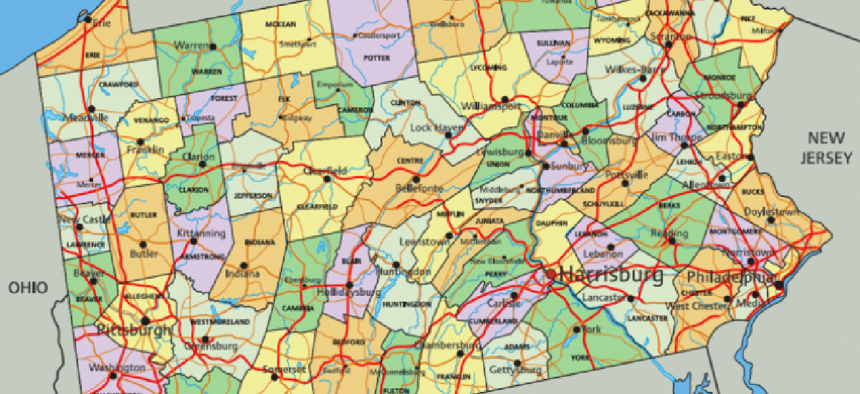Elections (Archived)
Redistricting reformers want changes to how political maps are drawn

Congressional redistricting may soon see actual reform. Bardocz Peter/Shutterstock
After years of attempting to get lawmakers to change how state legislative and congressional districts are drawn, redistricting reform advocates had to drop attempts to have political maps drawn by an independent commission.
However, as the latest in a series of hearings by the state Legislative Reapportionment Commission revealed, redistricting reformers are still not giving up on efforts to make political map-drawing as fair and transparent as possible.
Testifiers from groups such as Fair Districts PA and Common Cause Pennsylvania asked the commission to convey clear messaging to Pennsylvanians about the redistricting process, as well as the values that guide the five-member panel in their mapmaking decisions. The commission, made up of the Pennsylvania General Assembly’s four legislative leaders and Chairman Mark Nordenberg, is tasked with drawing state legislative districts using U.S. Census data.
Carol Kuniholm, the chair of Fair Districts PA, also asked the commission to use adjusted census data in their drawing of political maps in order to count incarcerated Pennsylvanians at their last known address, rather than at the prison in which they are being held.
“The Census Bureau's count of incarcerated persons in the places where they are incarcerated conflicts, we believe, with the Pennsylvania Election Code, which states that an incarcerated individual shall be deemed to reside where the individual was last registered to vote, or at his last known address before being confined,” Kuniholm said. “The count also conflicts with the long established legal principle that incarceration does not automatically change a person's residence.”
Kuniholm also recommended that the commission invite testimony on racial equity.
Khalif Ali, the executive director for Common Cause Pennsylvania, asked members of the commission how redistricting works for everyday Pennsylvanians who may not fully understand the process. He also asked members to keep “communities of interest” in mind when drawing maps, which he said consist of neighborhoods or areas that have shared values, culture and concerns.
Other testifiers, like Amanda Holt, a mapping expert who was a plaintiff in a 2011 lawsuit filed against the commission, stressed that members of the panel should be careful in how they approach dividing jurisdictions and voting precincts.
Holt said jurisdictions should only be divided based on population concerns or due to the Voting Rights Act, while voter precincts should not be divided at all.
“In the current plans, there are divisions like that, and there's perhaps no division more confusing to a voter, and costly to the state, than one made to the voting precinct,” Holt said.
The Legislative Reapportionment Commission is set to meet again Wednesday to hear from experts in sociology, criminology and African American studies, while the Senate State Government Committee will also hold a public hearing on congressional reapportionment – a separate process from legislative redistricting.
As far as state legislative districts are concerned, Kuniholm said the impacts of this year’s redistricting cycle will stretch beyond district lines.
“What this commission does in the next few months will shape Pennsylvania for the next decade and beyond,” Kuniholm said. “You are here to draw district maps, but you are also here to restore trust in the process, to reassure voters that their voices will be heard and to affirm values dear to the democratic process.”
